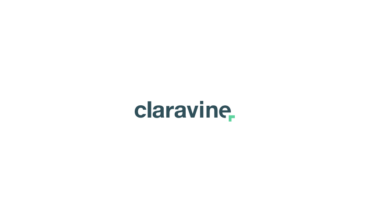More than one leg to stand on
 I recently came across an idea that interested me in The Way to Design, by Steve Vassallo, award-winning designer and entrepreneur. He elaborated on a concept familiar to many engineers (and one that’s increasingly been adopted in the marketing world), that of “T-shaped” people, those who know a certain field very well and have enough understanding of adjacent disciplines to allow them to develop and launch products successfully. But Vassallo says that more is needed. In his words, “if you want to build enduring companies and really earn your seat at the table, I think you need to be π-shaped. That is, you need to have depth in both the creative and the analytical. Left- and right-brained. Empathetic and data-driven” (The Way to Design, Chapter 4).
I recently came across an idea that interested me in The Way to Design, by Steve Vassallo, award-winning designer and entrepreneur. He elaborated on a concept familiar to many engineers (and one that’s increasingly been adopted in the marketing world), that of “T-shaped” people, those who know a certain field very well and have enough understanding of adjacent disciplines to allow them to develop and launch products successfully. But Vassallo says that more is needed. In his words, “if you want to build enduring companies and really earn your seat at the table, I think you need to be π-shaped. That is, you need to have depth in both the creative and the analytical. Left- and right-brained. Empathetic and data-driven” (The Way to Design, Chapter 4).
There may be certain people for whom developing strengths in more than one discipline comes easily: not just T-shaped, or even π-shaped — picture a three-legged stool of talents. But for every person who finds this a breeze, there are probably many more people for whom one area of expertise is plenty. Given the value that such breadth can bring, Is there something that we can do in our organizations to help people get to the place where they have more than one leg to stand on?
If we’re expecting our organizations to create Renaissance people from the ground up, then the answer is probably no. Having said that, there is a way to give our teams a leg up, as it were. If you give teams the right kinds of platforms for communication and collaboration, it may be possible to build a π-shaped organization. We could begin by giving marketers — most of whom are essentially “creatives” and need to be managed as such — access to the insights of an analytical viewpoint even if they’re not “analytics” people. That’s what Claravine makes possible. We provide a ramp to take teams beyond traditional Analysts are from Mars, Marketers are from Venus divide, allowing them to collaborate in a real way.
At the heart of every valuable, strategic metric is a story. Too often, misunderstandings between marketing and analytics arise because the two teams are not reading the same script. The marketer is frustrated when their attempts to test specific campaign changes fail to appear in the data. The analyst is frustrated because that goal is never fully explained, and the marketer’s attempt to capture information on their own ends up injecting chaos into the orderly report templates the analyst has worked so hard on.
A platform like Claravine utilizes inputs from both sides, to create the single narrative by which both teams, and ultimately the company, can tell their story. With Claravine, it’s the analyst/admin that sets up the basic code templates — but it’s the marketer who ends up using the tools to actually create the campaign codes. This facilitates a dialogue at the outset, giving the analyst the opportunity to explore what the marketers really want to know and how they’ll end up using the platform. From the other direction, the guardrails in the system prompt marketers to come back to the analytics team, to refine or tune up the data picture they wish to paint.
It remains a worthwhile goal for individuals to reach for π-shaped expertise. But at the very least, it is possible to create organizations that operate from both left- and right-brained strengths. To facilitate that balance you need a system that breaks down the old silos and helps teams to work together toward a common organizational goal.


